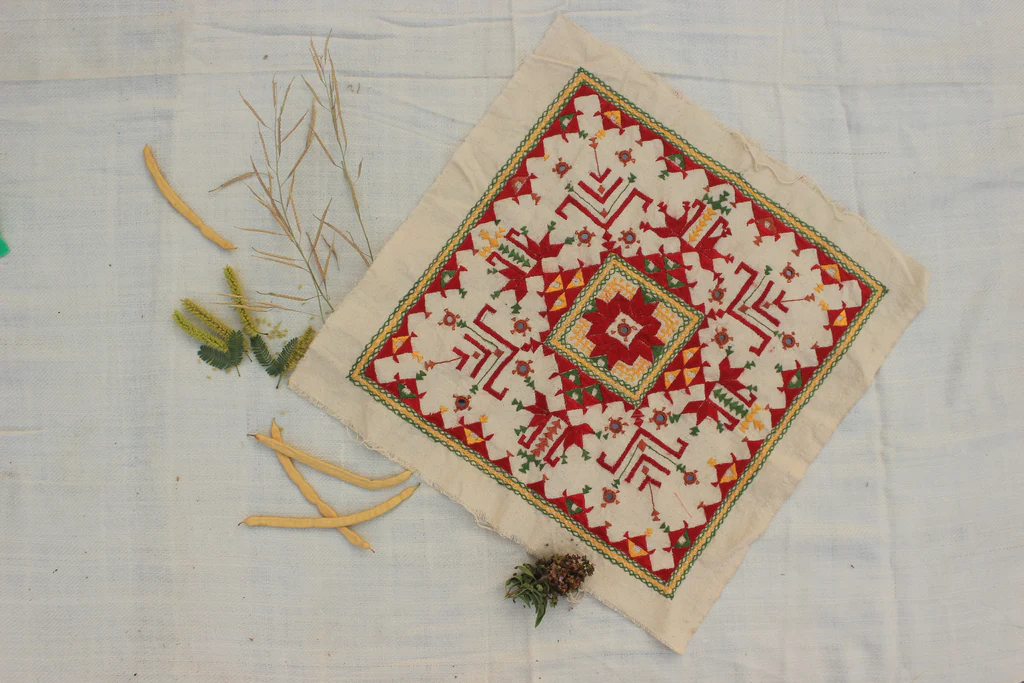India, with its rich tapestry of culture and history, has been home to myriad forms of arts and crafts, each telling a unique story of the country’s heritage and traditions. However, due to modernization, globalization, and changing lifestyles, several ancient crafts are either lost or on the brink of disappearance. Here, we explore eight such traditional Indian arts and crafts that are fighting for survival, highlighting the need for preservation and revival.
Pattachitra Painting
Originating from Odisha and West Bengal, Pattachitra art is known for its intricate details, vibrant colors, and mythological narratives. This style of painting, which dates back over a thousand years, is characterized by its complex themes and the use of natural colors. Despite its beauty, Pattachitra is facing a decline due to the diminishing number of artisans and the shift towards more commercially viable art forms.

Dhokra Metal Casting
Dhokra is one of the earliest known methods of non-ferrous metal casting known to human civilization, dating back to over 4,000 years. Practiced in the eastern states of India, this art form involves a lost-wax casting technique to create distinctive metal figurines. The labor-intensive process and the lack of market exposure have contributed to its gradual decline.

Channapatna Toys
Known as the town of toys, Channapatna in Karnataka is famous for its traditional wooden toy-making craft. These toys are made from the wood of the Wrightia tinctoria tree and are colored with natural dyes. Despite being GI-tagged, the craft faces threats from mass-produced plastic toys and a dwindling number of artisans.

Phulkari Embroidery
Originating from Punjab, Phulkari, meaning ‘flower work’, is a traditional embroidery technique known for its vibrant colors and patterns. This craft, which was once an integral part of Punjabi culture, is now in decline due to the advent of machine-made alternatives and the loss of traditional knowledge.

Bidriware
Hailing from Bidar in Karnataka, Bidriware is a unique form of metal handicraft that involves engraving intricate designs on an alloy of zinc and copper, which are then inlaid with silver. The art form, which was once patronized by royalty, struggles to find relevance in the contemporary market, leading to its slow decline.

Kalamkari
Kalamkari is a type of hand-painted or block-printed cotton textile, originating from Andhra Pradesh and Telangana. This ancient art form, which uses natural dyes for painting, is known for its exquisite mythological and religious themes. Despite its historical significance, Kalamkari faces challenges due to the laborious process and competition from faster, cheaper printing methods.

Kashidakari (Kashmiri Embroidery)
Kashidakari, or Kashmiri embroidery, is renowned for its delicate and intricate handwork on garments like shawls and sarees. The political turmoil in the region, coupled with the rise of cheaper, machine-made alternatives, has severely impacted the artisans, leading to the craft’s decline.

Thanjavur Paintings
Originating from Tamil Nadu, Thanjavur paintings are known for their surface richness, vivid colors, and compact composition. Once a flourishing art under the patronage of the Maratha princes, this traditional form has seen a decline in practitioners due to the high cost of materials and the extensive time required to create each piece.

Rogan Painting
Originating from Gujarat, Rogan painting is a rare art form that involves using a thick, brightly colored paint made from castor oil and vegetable dyes. Artisans use a metal rod to carefully paint intricate designs, primarily on fabric. This labor-intensive art form, which once thrived in the Kutch region, is now practiced by only a handful of families, risking its disappearance.

Papier-Mâché of Kashmir
Kashmir’s papier-mâché craft is a unique blend of artistic expression and intricate detailing, known for its vibrant painting on a variety of objects, from decorative items to furniture. Political unrest and cheaper, industrial alternatives have significantly affected this traditional craft, leading to a decline in its practice and patronage.

Warli Painting
An ancient tribal art form from Maharashtra, Warli painting is characterized by geometric patterns that represent daily life, animals, and nature. Despite its international recognition, the traditional form of Warli painting is at risk due to the dwindling number of tribal artists and the influence of modern artistic methods.

Sikki Grass Work
Practiced in Bihar and parts of Uttar Pradesh, Sikki grass work involves weaving intricate items using a golden-colored grass known as Sikki. The art form, which includes making toys, baskets, and decorative pieces, faces challenges due to the availability of raw materials and the younger generation’s disinterest in traditional crafts.

Tanjore Glass Painting
An offshoot of the traditional Thanjavur paintings, Tanjore glass painting involves painting on the reverse side of a piece of glass, creating a luminous and colorful effect. This art form, which flourished in Tamil Nadu, is now fading away, overshadowed by more contemporary art styles.

Kantha Embroidery
Originating from West Bengal and Bangladesh, Kantha is a form of embroidery often practiced by rural women. It involves stitching old saris and cloth pieces to make quilts, drape, and clothing. While it has gained some popularity in fashion, the traditional form and its unique storytelling aspect are in decline.

Bamboo Craft
Bamboo craft is an integral part of the northeastern states of India, used for making a wide range of products from household items to construction materials. Despite bamboo’s abundance and sustainability as a resource, traditional bamboo crafts face challenges from modern materials and a lack of innovation in craft techniques.

These arts and crafts are not just mere occupations but are the bearers of India’s rich cultural legacy. Their decline is a loss to the country’s heritage and identity. Revival efforts, including patronage, education, and market development, are crucial to ensuring these crafts are not lost to future generations. By supporting and promoting these ancient art forms, we can help preserve the unique diversity of India’s artistic heritage.
